Buvęs I pasaulinio karo laikų geležinkelis: Vecumnieki – Mercendarbe
Infrastruktūra


 53
53



1916 m., kai Vokietijos armijos fronto linija kairiajame Dauguvos krante sustiprėjo ir stabilizavosi, kovo 15 d. buvo nuspręsta fronto aprūpinimo reikmėms nutiesti 25 km ilgio geležinkelio liniją su 1435 mm vėžės pločiu nuo Vecumniekių (Bhf. Neugut Kurland) iki Baldonės (stotis: Mercendarbė - Merzendorfas). Kovo 30 d. darbus pradėjo apie 5000 darbininkų, o iki gegužės 1 d. linija buvo nutiesta iki Skarbės stoties, o gegužės 6 d. – iki Mercendarbės. Stočių eilė iš pietų į šiaurę buvo tokia: Neugut Kurland, Nougut Nord, Birsemnekas, Gedengas, Skarbė, Merzendorfas. Kroviniai buvo perkraunami didžiausioje iš stočių – Skarbėje, iš kur jie į frontą buvo gabenami arklių traukiamu transportu. Dar 1921 m. geležinkelio linija buvo gabenami rąstai ir malkos, kol 1925 m. ji buvo nugriauta. Geležinkelio linijos vieta skirtinguose ruožuose labai skiriasi – vietomis ją kerta įvairios svarbos keliai, vietomis ji kerta miško masyvus kaip aiškiai matomas pylimas. Yra vietų, kurias vegetacijos laikotarpiu sunku pravažiuoti.
Ties buvusia Gedinių stotimi („Bahnhoff Gedeng“) šiaurės rytų kryptimi atsišakoja siaurasis geležinkelis, kurio bėgiai tęsiasi Dauguvos link. Ties Silo namais jis kirto Silupius (Kausupi) (buvusi stotis „Bhf. Sille“), bet ties Podniekių namais atsišakoja. Pirmoji atšaka pasuko į dešinę į Berkavą, antroji – į kairę į Vilkų kalnus ir tada Skarbės stotyje grįžo į plačiąjį (1435 mm) geležinkelį.
1917 m. rugsėjį vokiečiai nutiesė dar vieną siaurojo geležinkelio liniją (600 mm pločio) nuo Mercendarbės ir Skarbės iki Dauguvos, kur pastatė pontoninį tiltą ir spalio 1 d. atidarė eismą iki pat Ikškilės. Gruodžio 4 d. potvynis nunešė minėtą tiltą.
Panaudoti šaltiniai ir literatūra:
1. http://forum.myriga.info/index.php?showtopic=4955&st=20
2. Baldonė, https://www.baldone.lv/lv/turisms/reiz_baldone/zirgu_tramvajs/
3. Baldonė, https://www.baldone.lv/lv/turisms/notikumi/1570_pargajiena_marsruts_skarbes_stacija__mercendarbe__riekstukal/
4. Ranka piešta Balduonės apylinkių geležinkelio schema: http://forum.myriga.info/index.php?act=Attach&type=post&id=61362
5. Žemėlapis „1914 – 19 Karte des Weslichen Russlands“
6. Latvijos nacionalinės bibliotekos žemėlapių kolekcija, žemėlapis „Zusammendruck Riga, Gezeichet u.gedruckt vd Vermessungs – Abt.18., 1: 100 000“.
Jūsų komentarai
Daumantai, labai ačiū už paaiškinimus ir pataisymus!




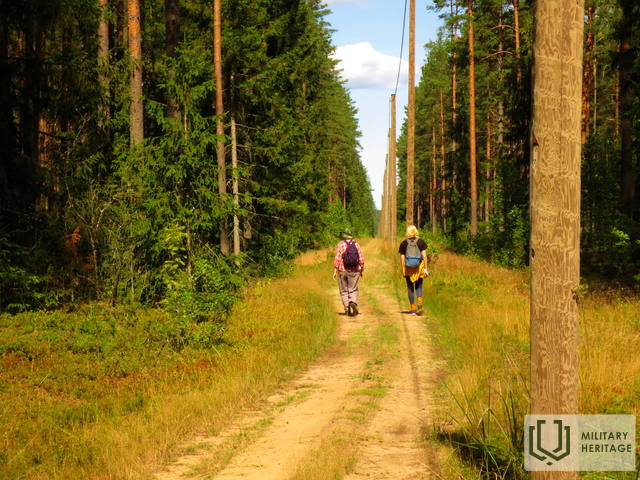
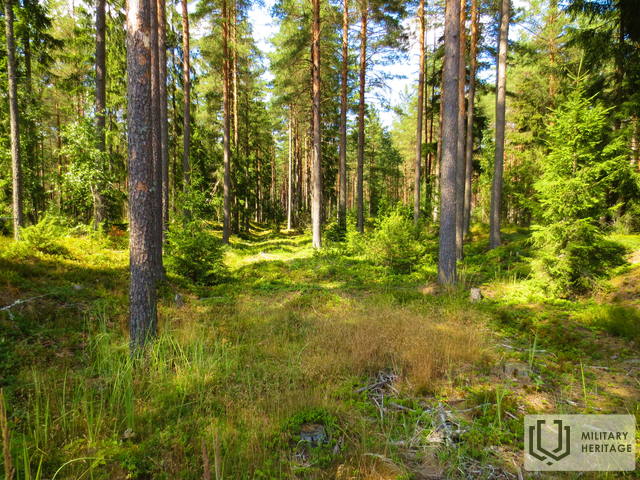
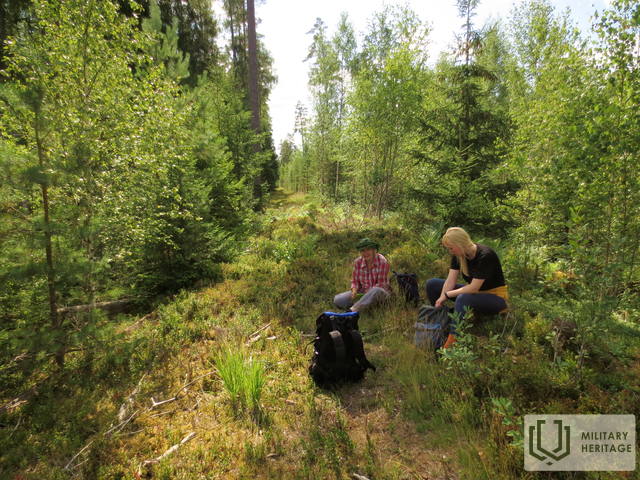
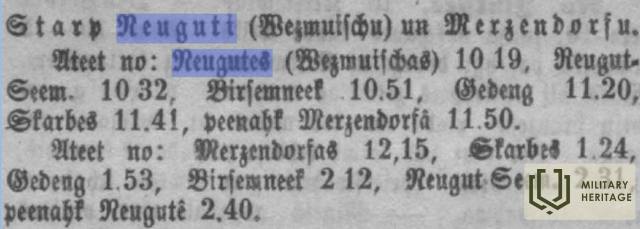
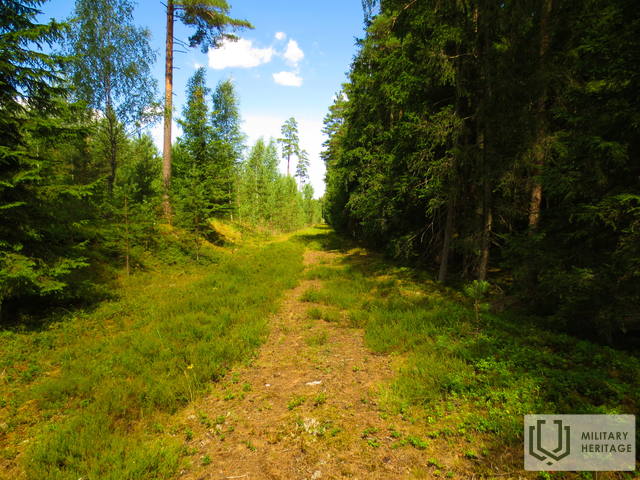
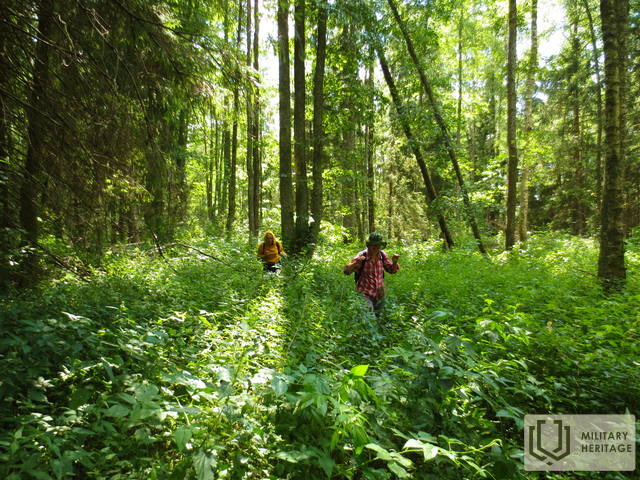
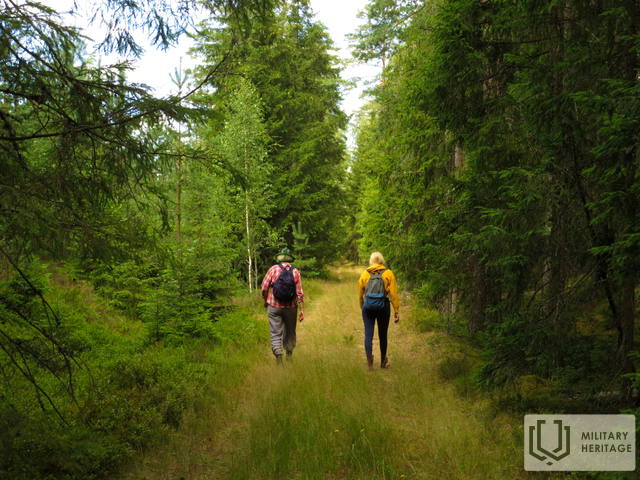
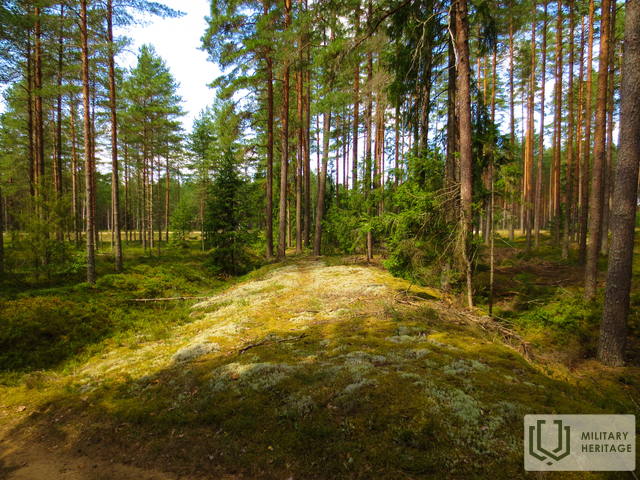
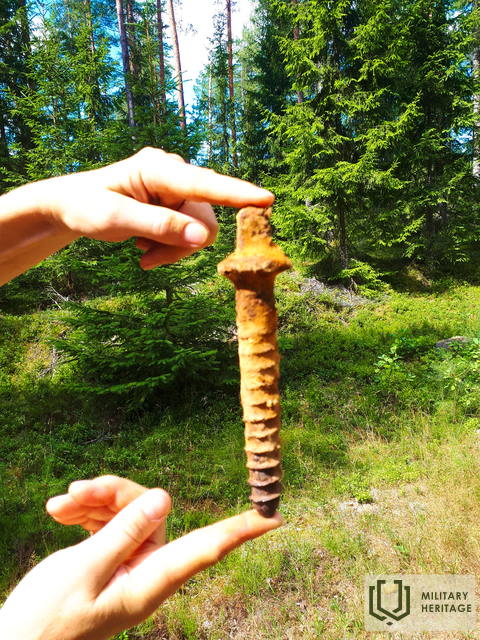

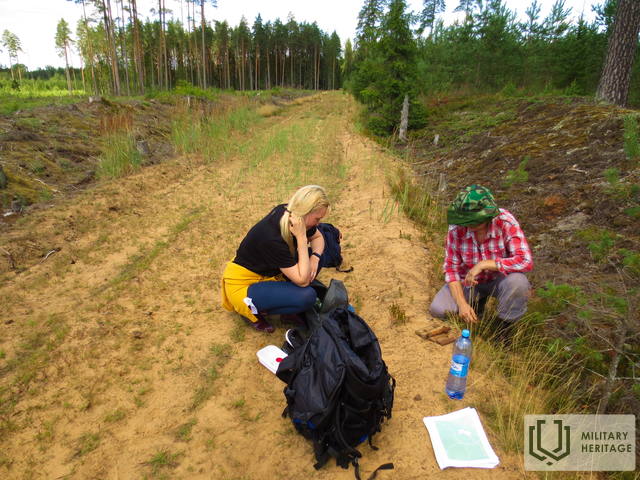
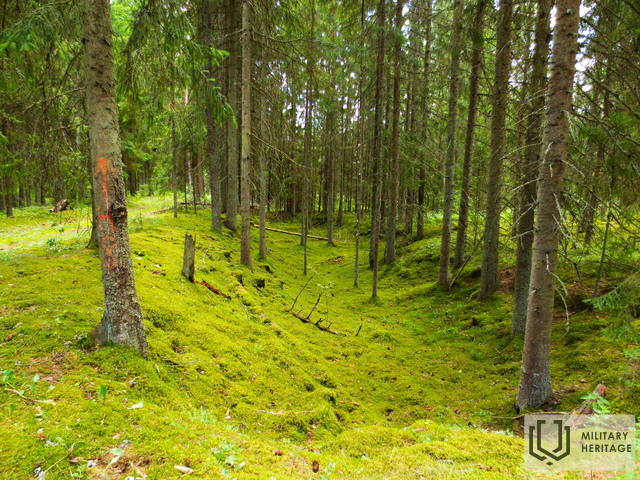

Papildymai ir pataisymai: 1) Skarbė ir Ežeris (R nuo Lėjos ežero) buvo didelės jungties stotys, kuriose karo medžiaga buvo perkraunama į šakotą siaurojo geležinkelio tinklą, nusidriekusį už fronto kairiajame Dauguvos krante nuo Daugmalės iki Berkavos. 2) Siauros vėžės buvo nutiestos ne rugsėjį, o prieš „Rygos operaciją“ rugsėjo 1 d. 3) Dėl Gedinių žr. "Bhf. Vald Salit" pataisą